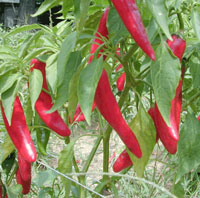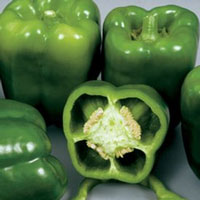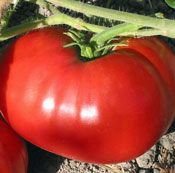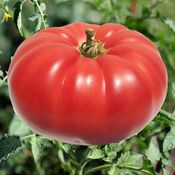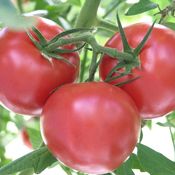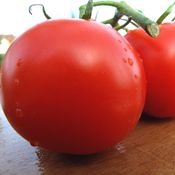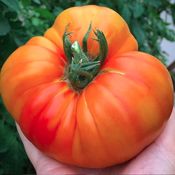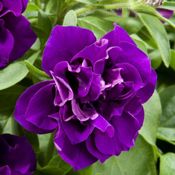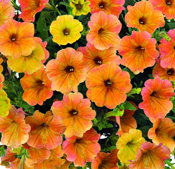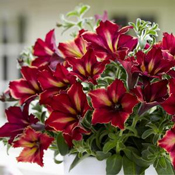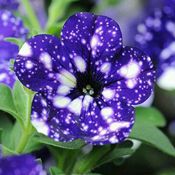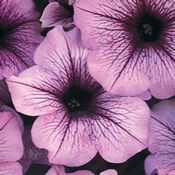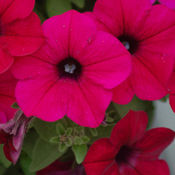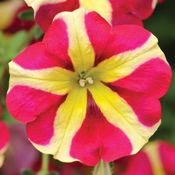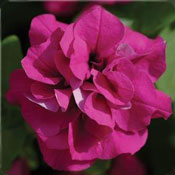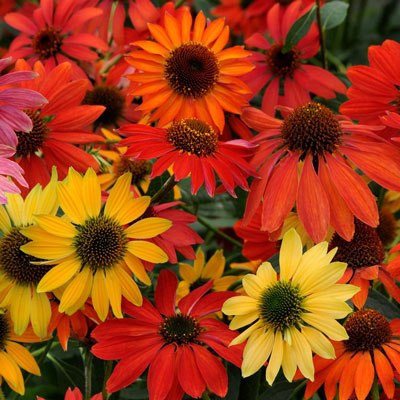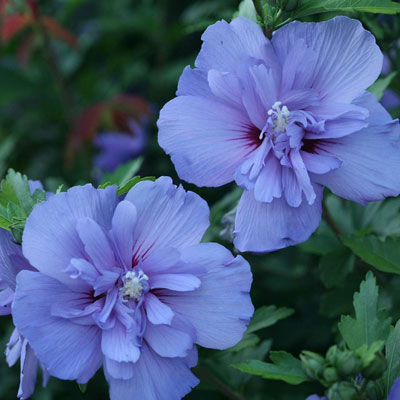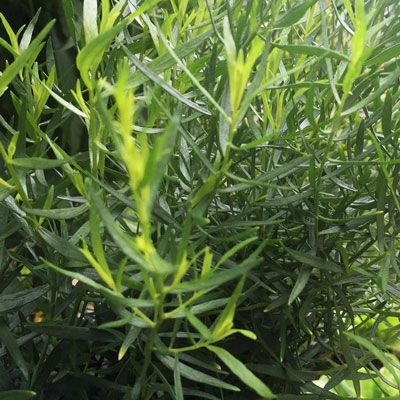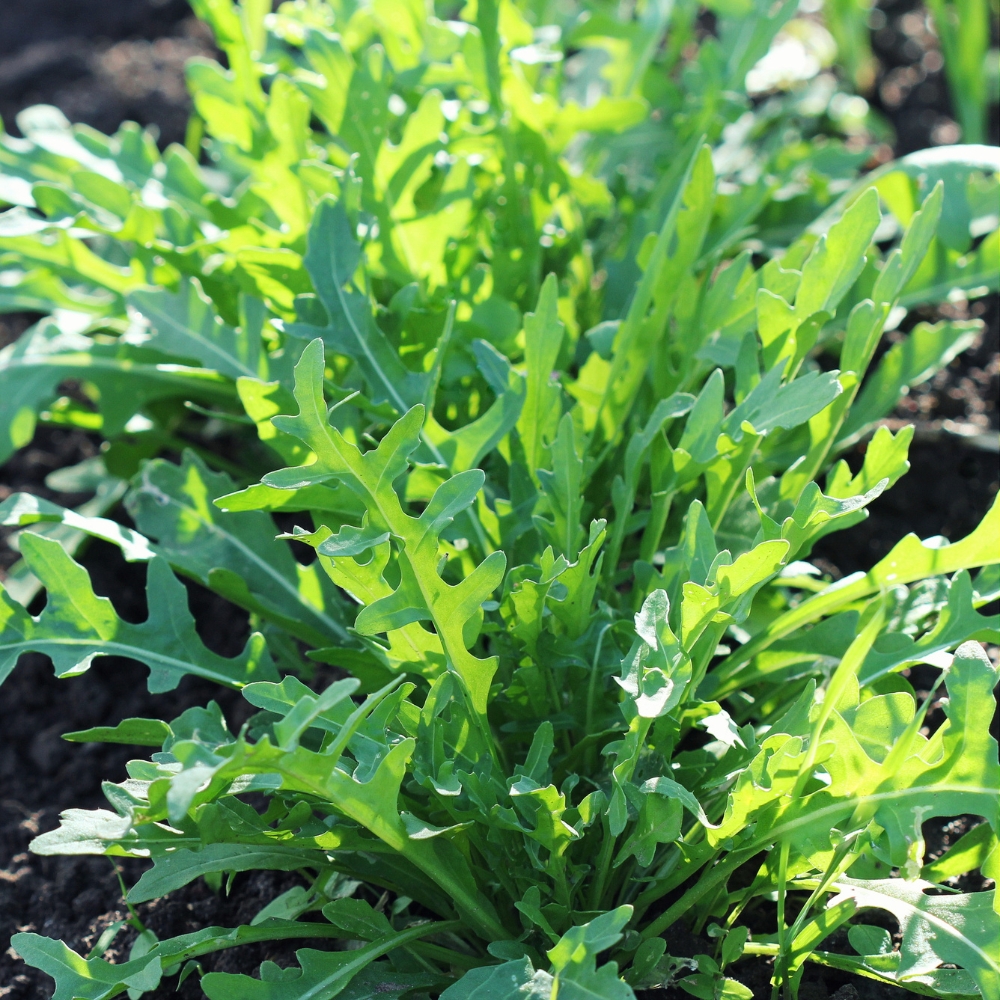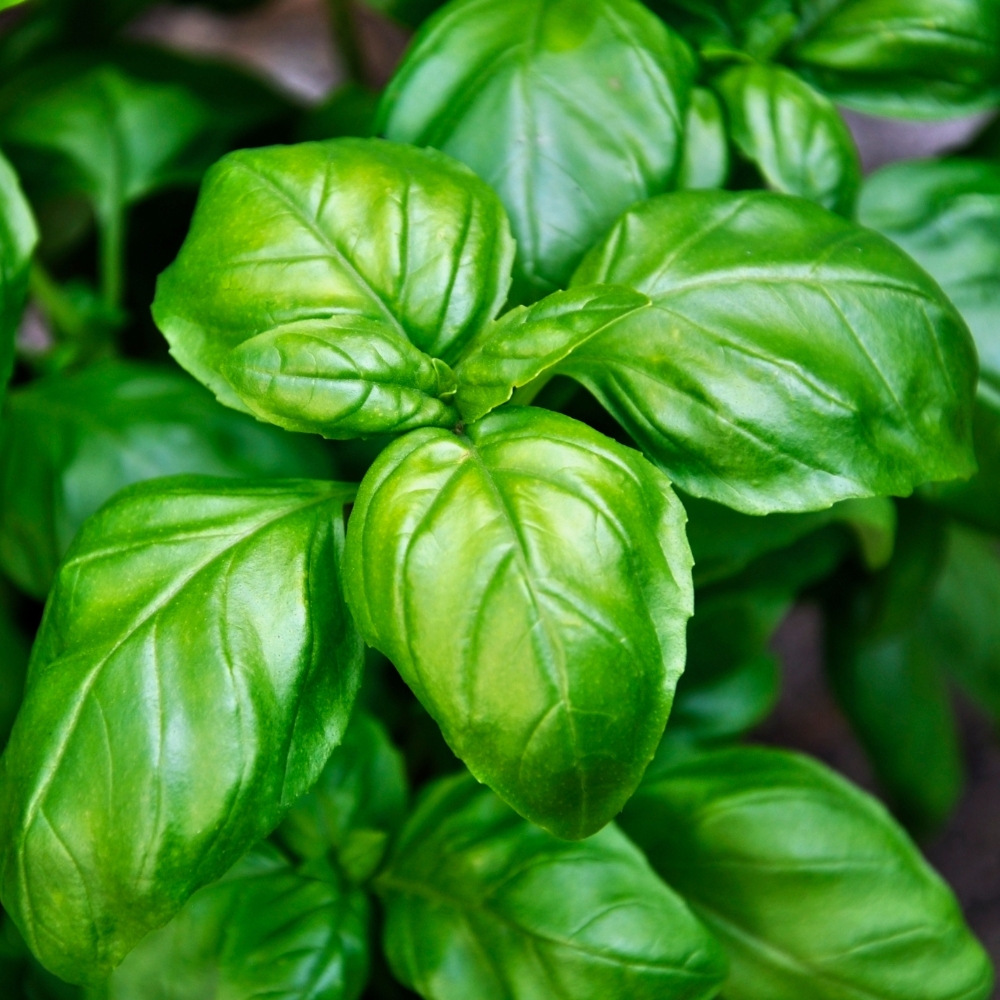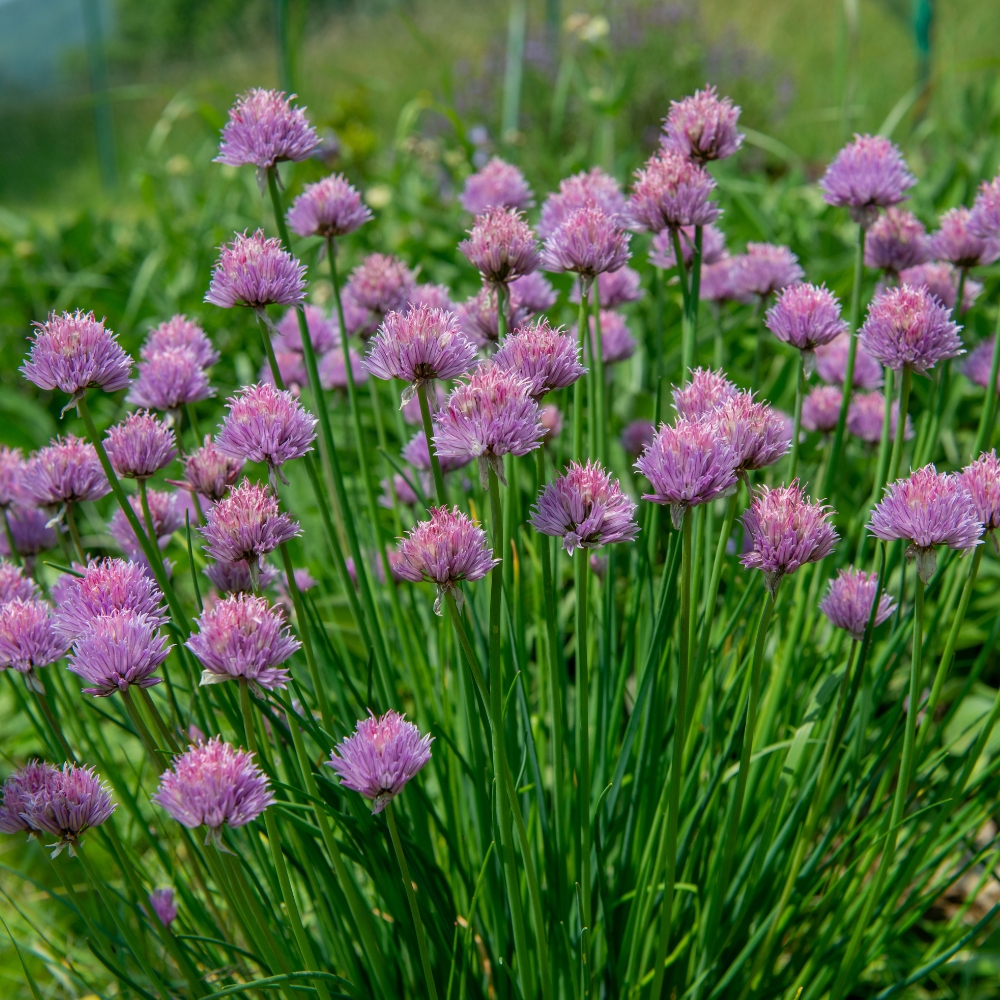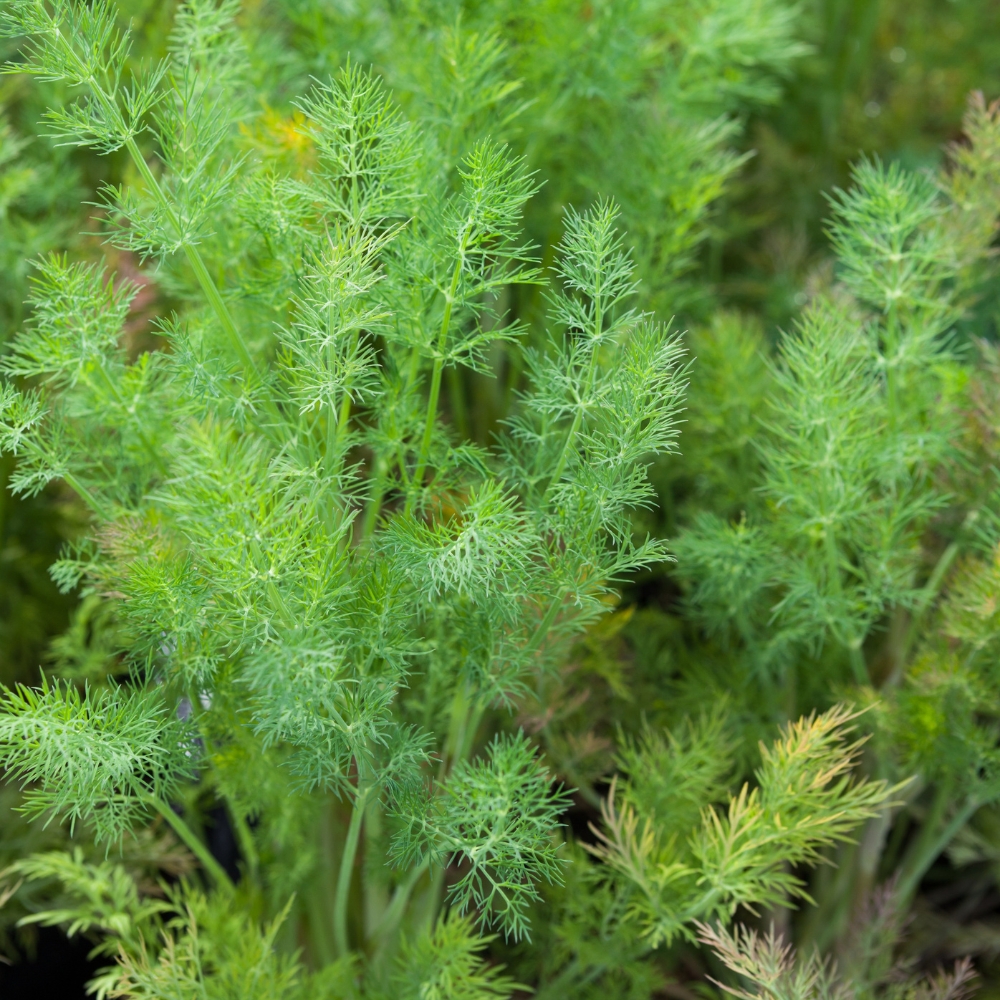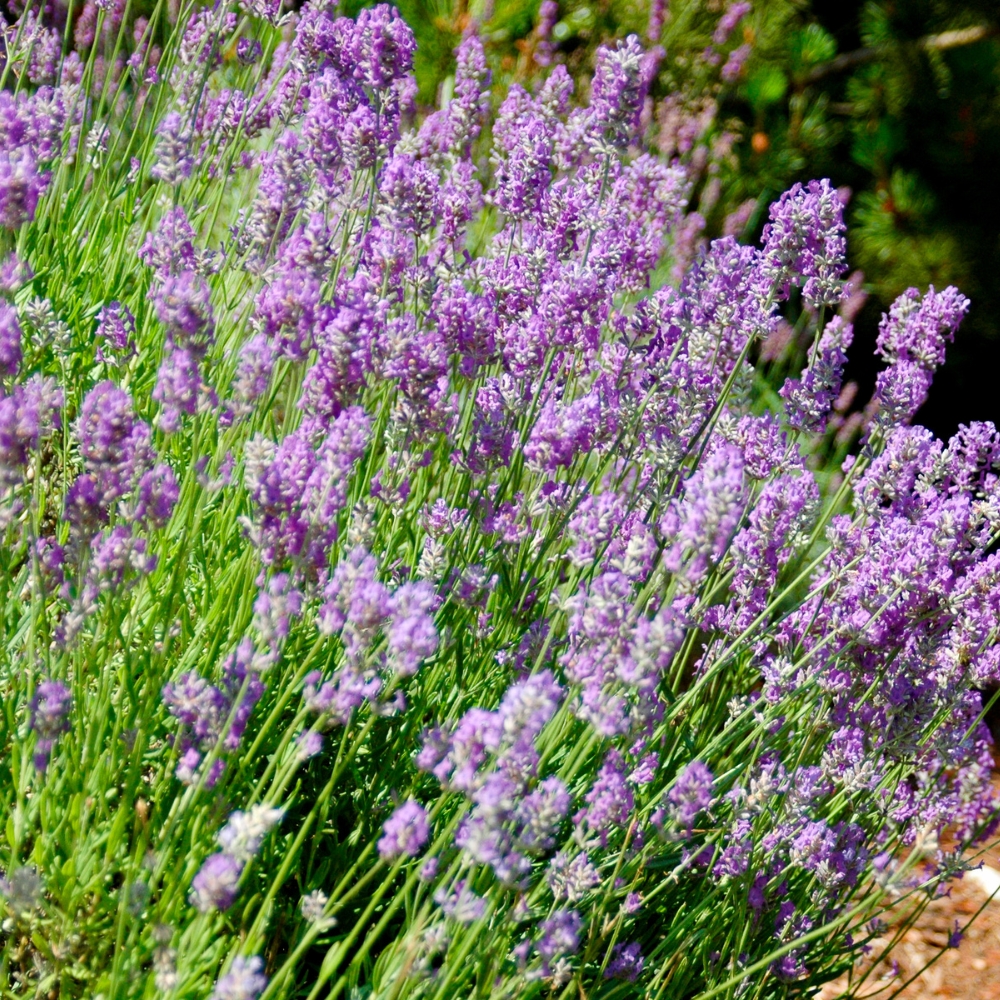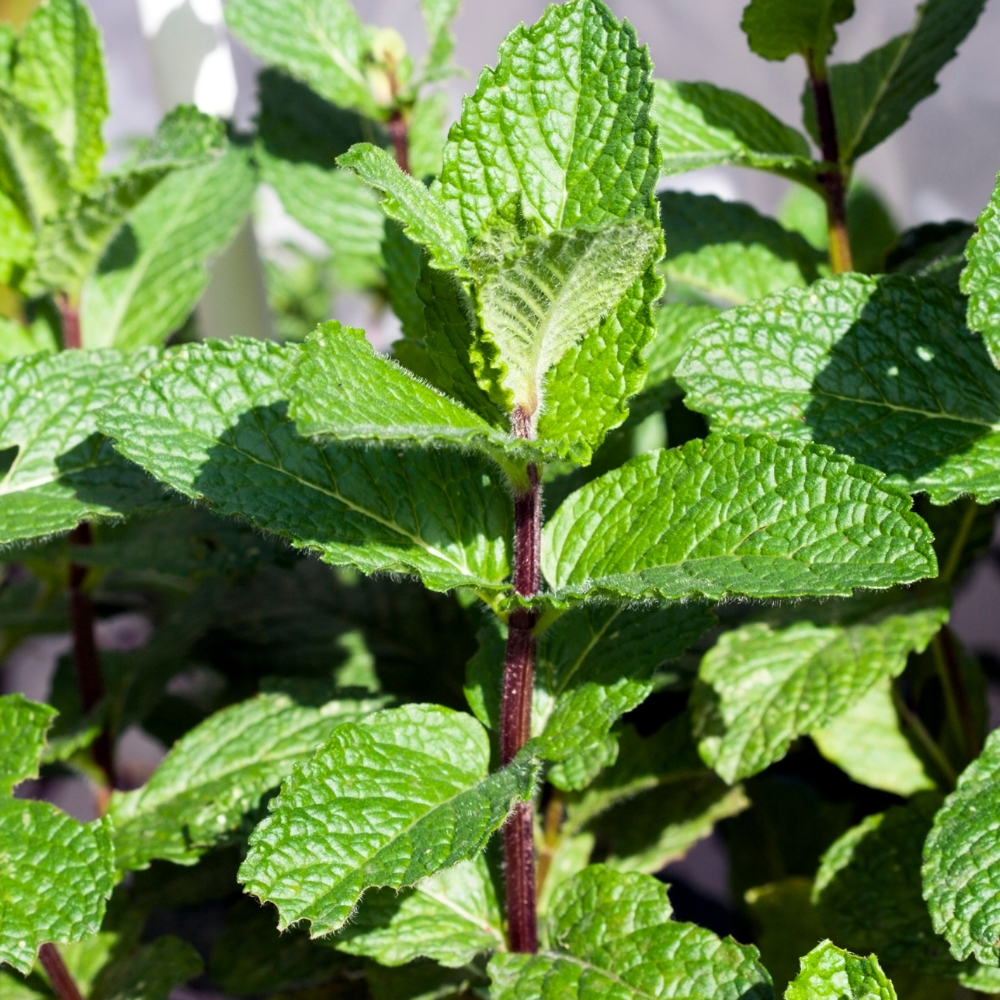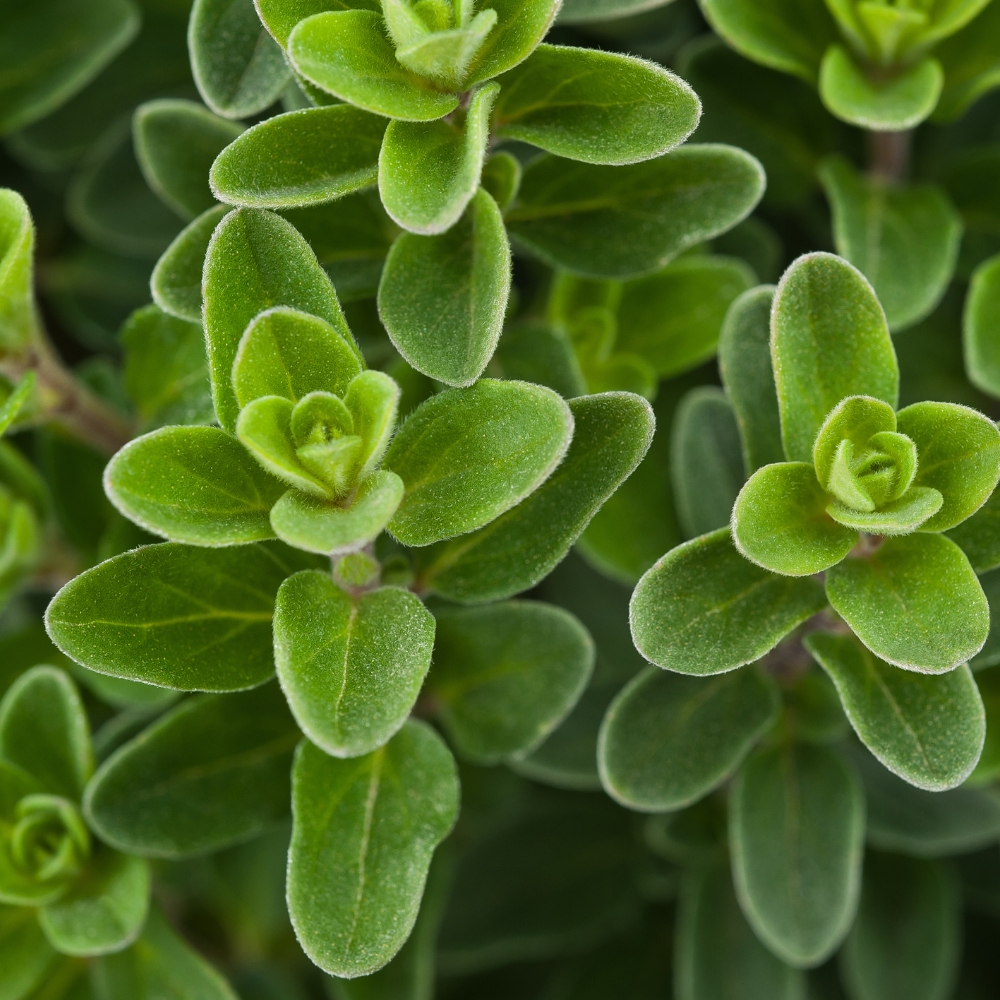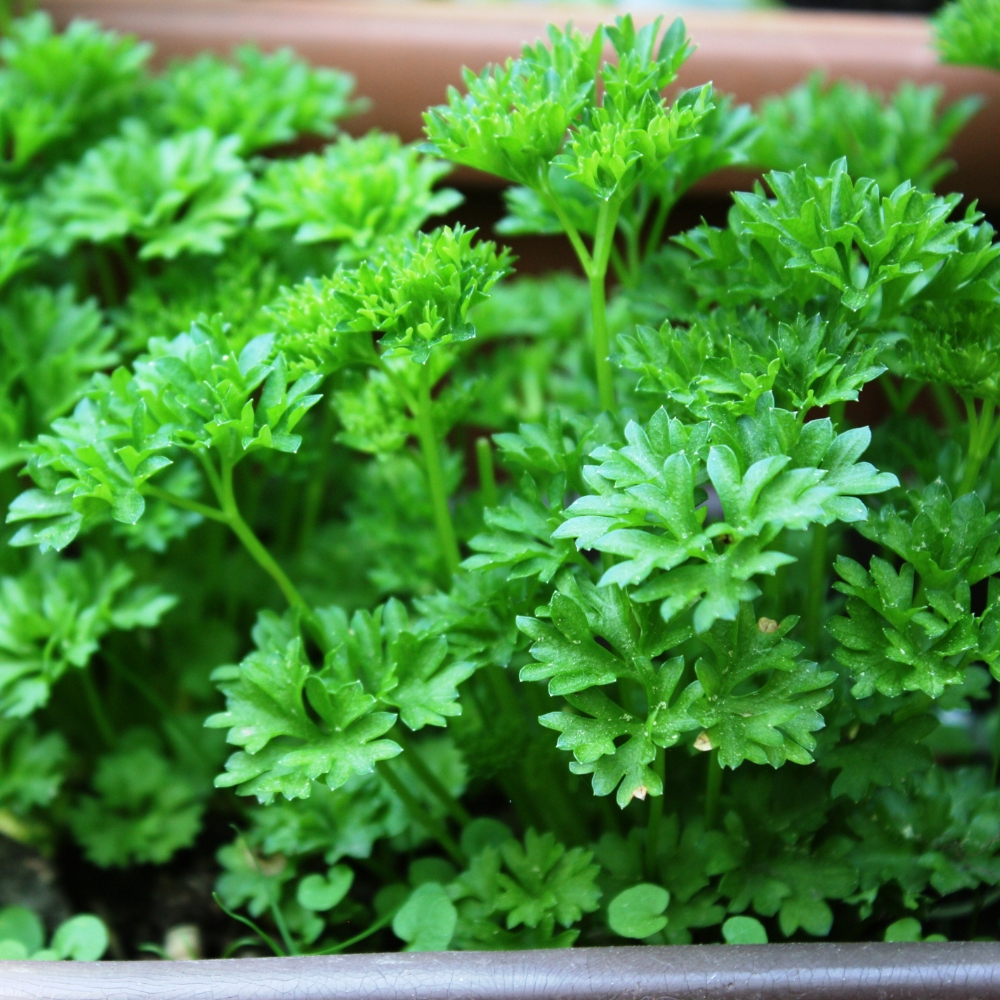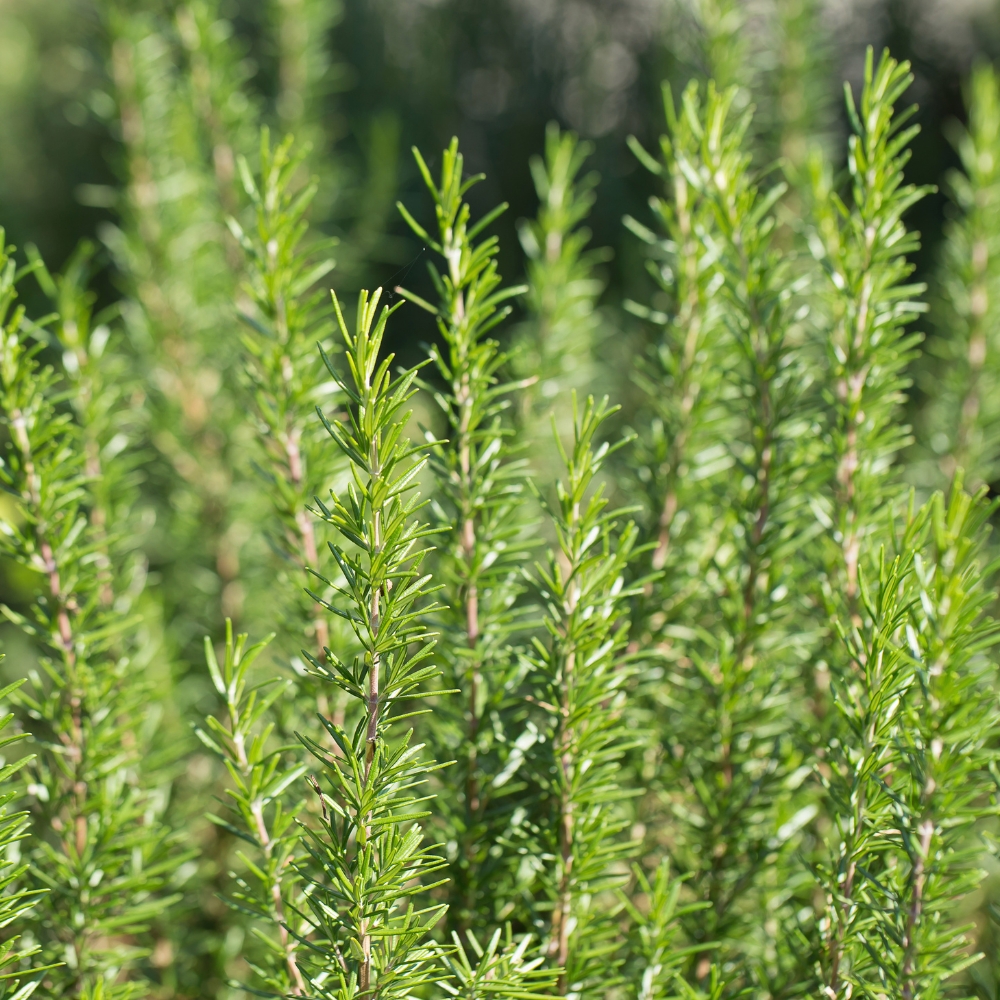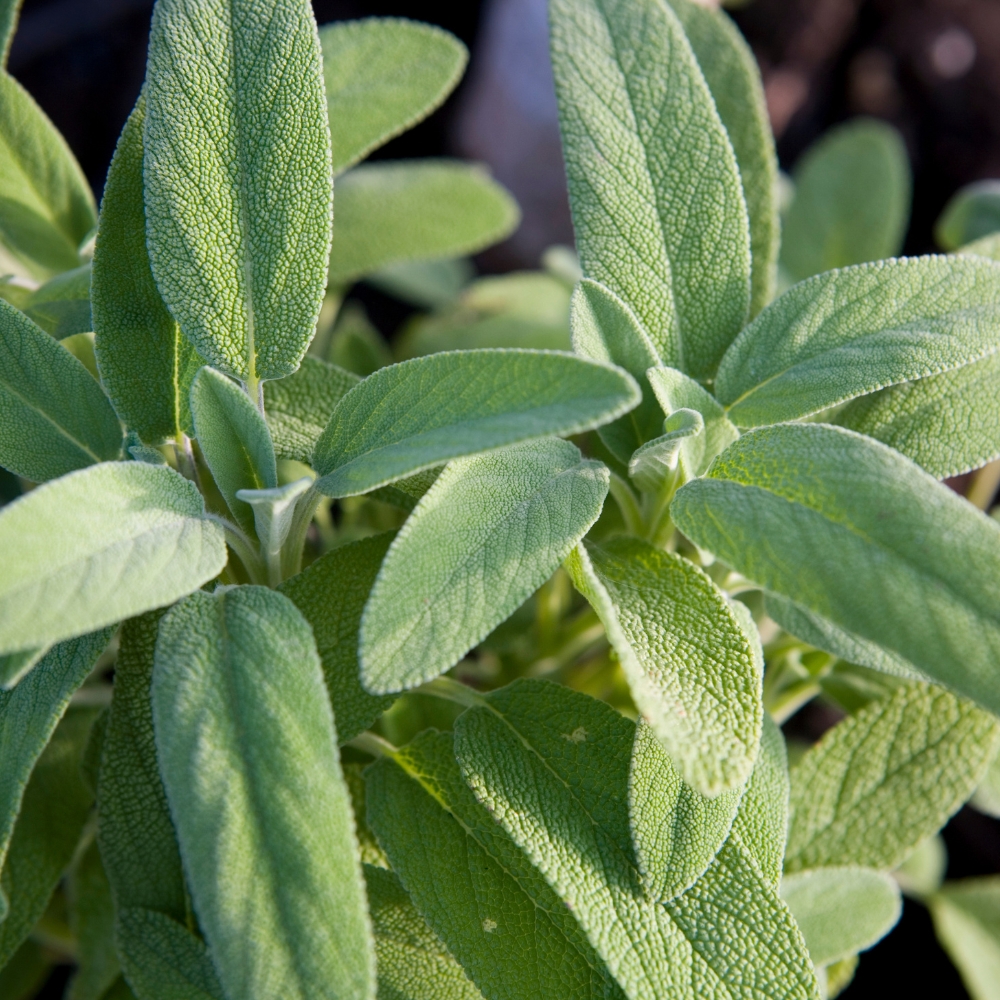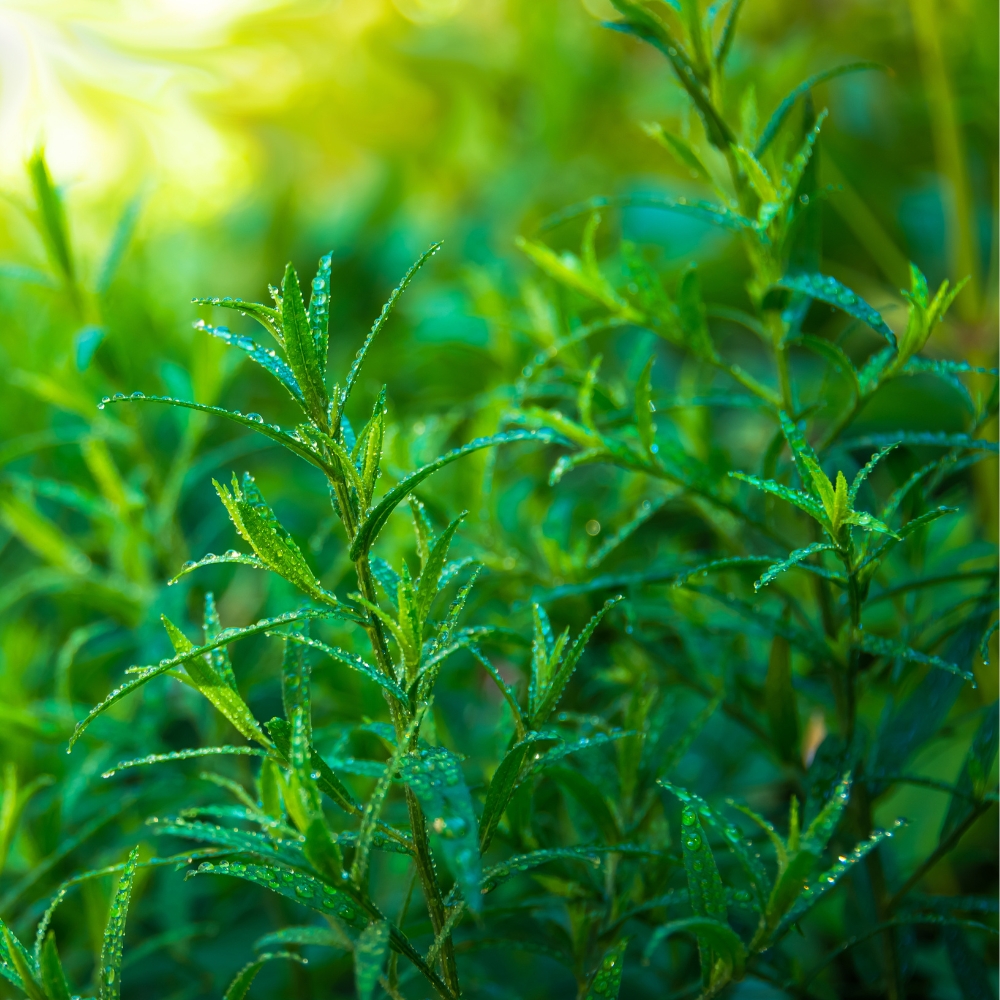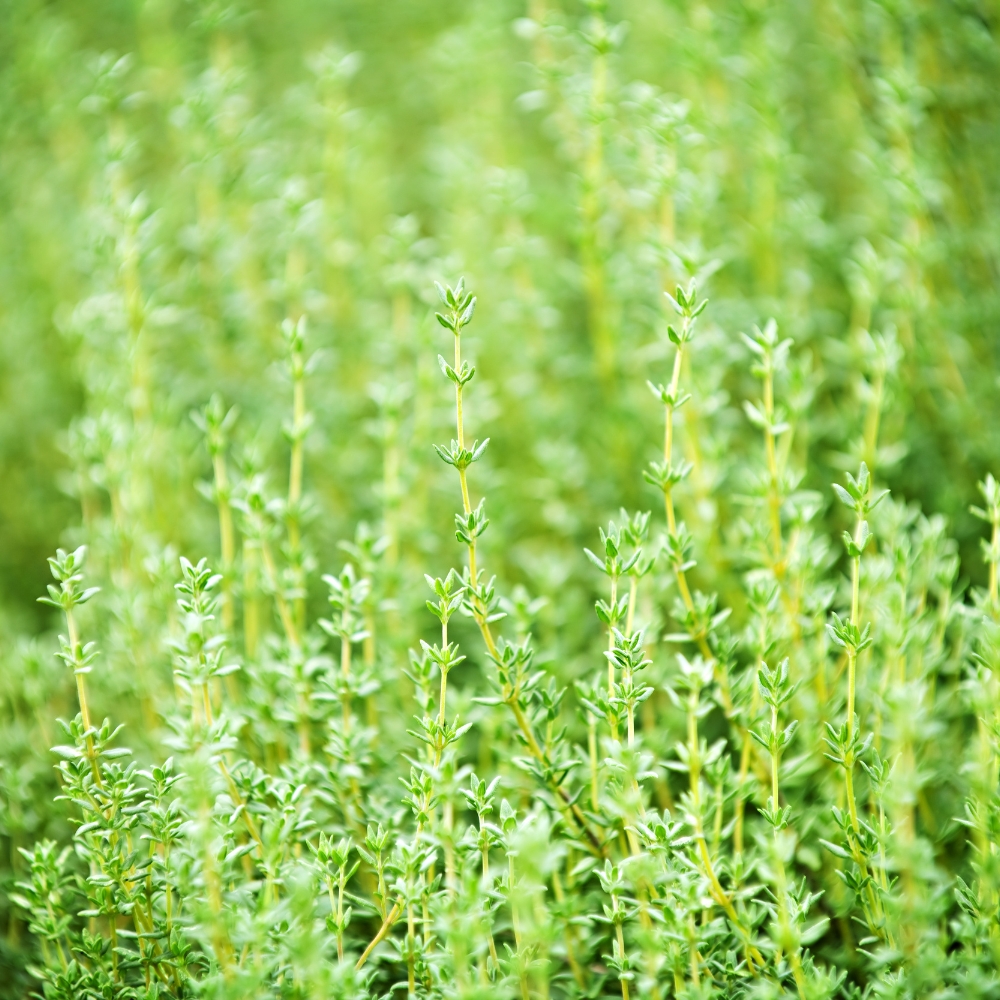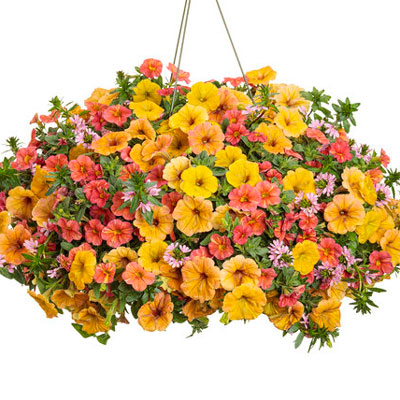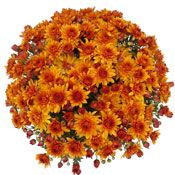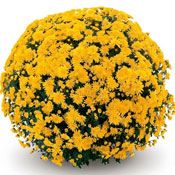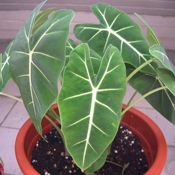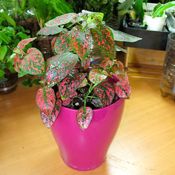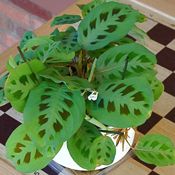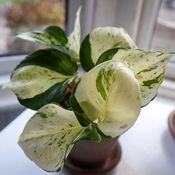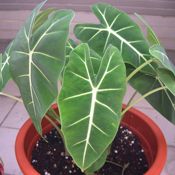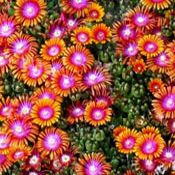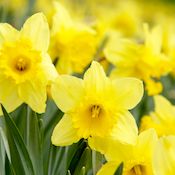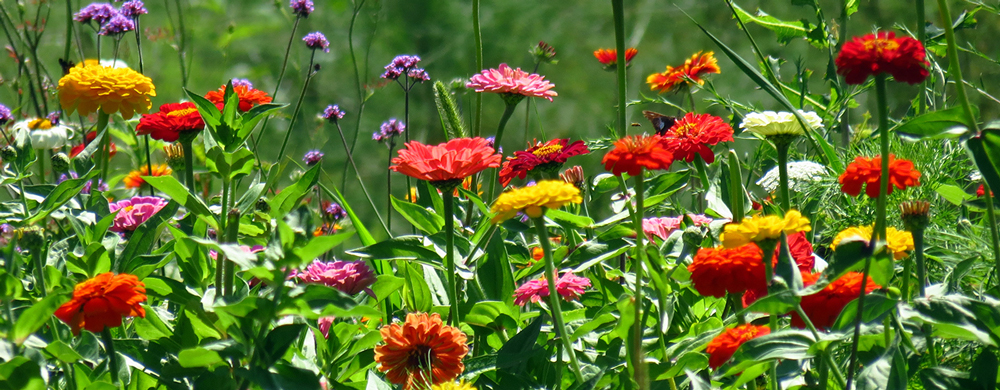
A pollinator paradise is not only for our oh-so-precious pollinators; it may also be that little bit of paradise that enables you to escape the rat race, if even for just a small point in time. Personally, I love hearing the buzzing bees, watching the rainbow of butterflies, and seeing the flash of iridescent green and ruby-throated hummingbirds as their wings make that cheerful whirring sound. If you haven’t experienced that, I highly recommend the experience.
So how do you plan a pollinator paradise?
First, you should know that a pollinator garden may only have to be planted once, as perennial plants will come back year after year, depending upon your area of the country. You may need to do a bit of pruning or thinning, sometimes replacing a tired perennial with a younger, more vibrant plant, but for the most part they are low maintenance, once established.
Then, you start by choosing the ideal place for your pollinator garden. It should have full sun, as most pollinator-friendly plants enjoy a fully sunny location. However, if you do not have an area with bright sunlight in which to plant your pollinator buffet, there are shade-loving plants that will also invite those pollinators to dine at your house.
Your pollinator plants will grow their best in fertile soil, so if the quality of your soil is poor or the pH is too high or too low, you may want to consider amending your soil. Clay soil will hold too much water and make it difficult for roots to spread out, while very sandy soil may allow too much water to drain, leaving very little or none for the roots of your plants. It is easy to amend either type of soil by adding organic matter, compost, mulch, untreated grass clippings, or rotted manure. Work these amendments into the soil to 6 or 8-inches deep for the best results. However, if you choose not to amend your soil, you can find plants for clay soil or plants for sandy soil by simply clicking one of these links.
Your soil’s pH can be tested easily with an inexpensive home soil pH tester, and then also fairly easily corrected if necessary. To raise the pH, you can use various forms of lime, like Agricultural Lime, Dolomitic Lime, Oyster Shell Lime, or Hydrated Lime. You can also use Baking Soda, Wood Ash, or Potassium Carbonate. To lower your garden soil’s pH quickly, you can apply sulfur, though it must be applied when temperatures are above 55°F and about a month in advance for the changes to take place.
Now that you’ve got the ideal spot picked out and your garden soil is in good shape, you can design your pollinator-friendly paradise. Many expert landscapers will sketch a diagram to approximate placement, identifying the variety of each plant, its color, and what size, in both width and height, it will reach. The purpose is to select lower-growing plants for the front of your garden, with taller plants to the back, to choose complementary colors, and to allow the correct amount of space for mature plants. I like to use colored pencils, but you can also just pencil in the name of the colors where the plant will go. Choose colors that make you happy, after all, this garden is for you too!
You can, of course, buy more mature plants, but it will be much less expensive to purchase starter plants. They are also easier to plant and if you buy online, you will not be dealing with a limited selection from which to choose, the crowded garden center, or buying plants that you have no idea how they were grown or if they are rife with diseases. We grow all of our plants without using harmful pesticides, making them safe for your family, the environment, and your garden. We also nurture our plants to develop the healthiest root system and provide complete instructions on how to transplant and care for your starter plants. In fact, you can preorder now to have your plants arrive at the ideal time for planting in your area. Here is our shipping schedule!
One more note on selecting your plants. It is important to have a diverse selection for pollinators to choose from. Pollinators are somewhat picky diners; a flowering plant that attracts one type of pollinator may not attract another. And try to choose plants that will bloom at various times of the season, choosing plants that bloom early, and stay late, as well as those heat-tolerant plants that flower during the heat of the summer. Plants also like company; a single plant does not make the same impact as a grouping of 3 or 4 or 6 plants. Grouping like plants will also make it easier for the pollinators to go from blossom to blossom.
Here are just a few examples of…
Plants for Bees
- Zinnias—Zinnias are a tall plant, reaching heights of 3 to 4-feet, with beautiful fluffy, chrysanthemum-like blossoms available in an array of colors. They will bloom in spring through the fall and will enjoy a bright, sunny spot.
- Monarda—Monarda, also called Bee Balm, bears a frilly blossom on plants that grow from 10 to 12 inches tall. Blooming in June and July, they thrive in bright sunlight.
- Lamium—This semi-evergreen is often used as a ground cover and can be used to fill those blank spaces in your garden. Lamium, also known as Dead Nettle, prefer partial shade to partial sun, blooming in May and June, but gracing your garden with 6 to 8-inch lush foliage the remainder of the season.
Plants for Butterflies
- Caryopteris—Also called Bluebeard, Blue Spirea, and Blue Mist Shrub, this bushy perennial plant will prefer a fully sunny location and will grow 24 to 30-inches tall, blooming in August through September.
- Asters—Asters will typically be 14 to 16-inches high. They will prefer a sunny exposure and will bloom from August through October.
- Dianthus—Sometimes known as Pinks, Dianthus is a shorter, front-of-the-bed perennial flower that will prefer as much sun as possible, with a scent similar to cloves. These are the most striking when planted en-masse; they will only be 6 to 12-inches tall and they bloom in April, with blossoms through July.
Plants for Hummingbirds
- Agastache—This tall perennial (2 to 3-feet) is aptly called Hummingbird Mint. It prefers to bask in the sun and will grace your garden with unique architecture and texture. Hummingbird Mint will bloom from July through September.
- Salvia—Often known as Woodland Sage or Wood Sage, this middle of the bed perennial will grow to be 14 to 18-inches tall. Preferring full sun, the Salvia will bloom in May through June and again in September.
- Fuchsia—Fuchsia is known by some as Lady’s Eardrops. These petite plants, growing from 5 to 10-inches tall, produce showy, large blossoms and will grow in partial sun from the spring through the fall. Fuchsia are a great plant to grow in containers or hanging baskets as well.
Finally, you will want to add some decorative, as well as fundamentally useful, sources of water and shelter for your pollinators. You can let your creativity flow here. Some bees and small vertebrates, like lizards, will appreciate hiding in the caves created by stacking rocks and driftwood. Water can be provided in the form of a fountain, or simply by placing decorative shallow containers throughout your garden, on the ground or on a pedestal, such as a stump. To truly incorporate wildlife into your pollinator garden, hang some birdhouses with differently-sized holes. Birdsong will make your little piece of paradise even more welcoming. Some gardeners hang a hummingbird feeder or two to attract even more of these whimsical creatures.
You can purchase butterfly houses and shelter for bees, though there will definitely be a number of videos on these DIY projects. If you have children, let them paint and make decisions on where to place these shelters, helping them to appreciate the necessity of attracting, feeding, watering, and sheltering pollinators. Their excitement will translate to quality family time, as well as spreading the word to their teachers and fellow students. It’s all good; sometimes it takes a village!
















































































